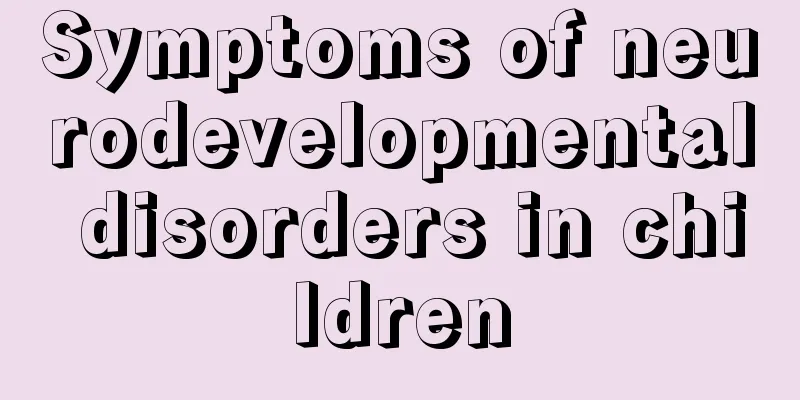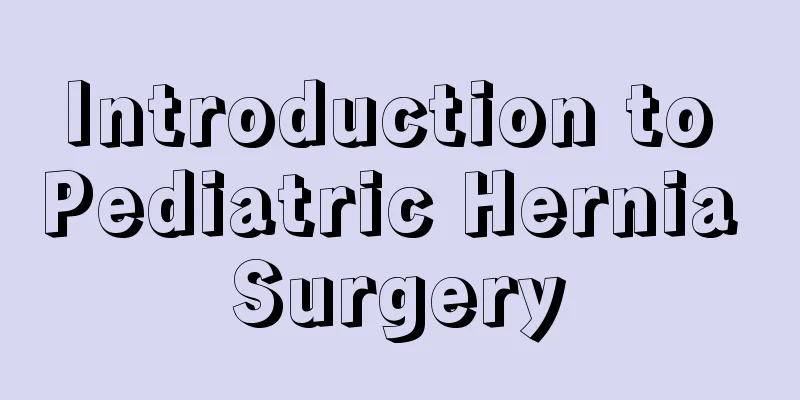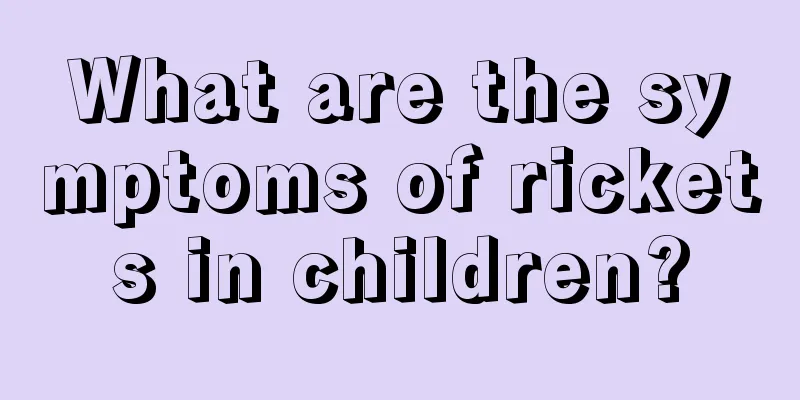What should infants and young children eat if they are zinc deficient?

|
When children are zinc deficient, it is difficult for our parents, because facing the phenomenon of zinc deficiency in children, many parents do not know how to solve it for their children. They rack their brains and end up blindly giving their children zinc supplements. In this way, not only will the child's symptoms be improved in time, but it will also cause new problems for the child. Zinc deficiency in children is a common disease in childhood. In the face of such a phenomenon, what should we feed them? What should infants and young children eat if they are zinc deficient? If a baby is zinc deficient, it is likely to cause a series of physical problems, weakened resistance, and is very detrimental to growth and development. Therefore, zinc supplementation for infants is a very necessary task. It is best to supplement zinc for infants through foods high in zinc, which is safer and easier for the baby to absorb. Now let's take a look at what is good for infants to eat to supplement zinc? In fact, there are many foods containing zinc. According to measurements, the zinc content in animal foods is higher than that in plant foods, and the amino acids produced by the decomposition of animal protein can promote the absorption of zinc. The absorption rate is generally around 50%. Zinc is mainly found in seafood and animal offal. There is almost no zinc in water, staple foods, and eggs that children love to eat. There are not many vegetables and fruits containing zinc. Plant foods that contain relatively high levels of zinc include beans, peanuts, millet, radishes, and cabbage. Therefore, babies can start adding easily absorbed zinc-rich complementary foods from 4 months old, such as minced lean meat, egg yolks, fish paste, animal liver, oysters, peanut rice flour, walnut kernel powder, etc. Among many foods containing zinc, oysters have the highest zinc content. Therefore, when the baby reaches a certain age and can eat more complementary foods, mothers should feed the baby more zinc-rich foods such as animal liver, lean meat, egg yolks and fish. Recipes for babies with zinc deficiency Chestnut porridge Ingredients: chestnuts, rice Method: Peel 5 chestnuts and chop them into small pieces. Add water to the pot, put in chestnuts and bring to a boil, then add a handful of rice and mix together and cook until cooked through, then you can feed it. Egg yolk milk paste Ingredients: eggs, milk Method: Boil an egg in water (about 6 minutes), take out the egg yolk, crush it, stir it with milk into a cake or porridge, and feed it directly to the baby. Flammulina velutipes Ingredients: Enoki mushrooms, rapeseed, ham, ginger, peanut oil, salt, MSG, oyster sauce, and water starch. practice: 1. Remove the roots of the enoki mushrooms and clean them. Remove the old leaves from the cabbage and clean them. Cut the ham and ginger into shreds and set aside. 2. Heat a pot and add water. When the water boils, pour in a little salt, MSG, and oil, then add the vegetable core, blanch until just cooked, remove and set aside. 3. Heat the pan, add the oil, put in the shredded ginger, stir-fry until fragrant, then pour in the enoki mushrooms and shredded ham, add in salt, MSG, and oyster sauce, stir-fry thoroughly, pour in water starch, and finally pour in the vegetable core. This dish contains about 12.9 mg of zinc and is rich in essential amino acids for children, which can regulate the zinc content in children's bodies. Fried pork with cabbage Ingredients: cabbage, lean meat, red pepper, garlic, peanut oil, salt, MSG, and water starch. practice: 1. Wash and cut the cabbage and red pepper into shreds, cut the lean meat into shreds, and chop the garlic into small pieces. 2. Add a little salt, MSG and water starch to the shredded pork and marinate. 3. Heat oil in a pan, stir-fry the shredded pork until tender, then pour out and set aside. 4. Heat the pan, add oil, add garlic and stir-fry until fragrant, pour in cabbage and red pepper and stir-fry until cooked, add shredded pork, add salt and MSG and stir-fry until cooked, finally pour in a little water starch and stir-fry a few times. This dish contains about 14.88 mg of zinc. Cabbage contains various vitamins and ascorbic acid, which has the effect of moisturizing dryness and replenishing deficiency. If a child is zinc deficient, then during treatment the child's diet must be improved, and the child should not be allowed to eat foods that are bad for the body. If the child is still young, he or she should drink more milk, whether it is milk powder or breast milk. If the child is older and can add complementary foods, then the child can be given appropriate dietary improvements. The foods introduced in the above content can be given to children. |
<<: What are the main symptoms of zinc deficiency in infants and young children?
>>: What should I do if my child has a fever of 38.5 degrees?
Recommend
What to do if your six-month-old baby has enteritis
The stomach and intestines of a six-month-old bab...
Symptoms of separation anxiety in babies
In fact, the world is still relatively unfamiliar...
What to do if your newborn baby hiccups continuously
Since newborns have different resistance to infec...
Does a child need surgery for appendicitis?
Appendicitis in children is also relatively commo...
How to make baby crucian carp tofu soup
For the babies in our lives, when cooking for the...
It turns out that there are these disadvantages of enema for children
Enema is a very common treatment technique that c...
Why do people have seizures?
Cold and fever are symptoms of illness that peopl...
What is the reason why small red spots appear on children’s faces when they get hot?
Because living conditions are better now, almost ...
Causes of thick stools in children
In life, many of us parents often encounter the p...
Reasons why two-year-old babies cannot sleep soundly
Generally speaking, infants and young children sl...
At what age do girls usually stop growing taller?
For girls, if they have a tall figure, they will ...
How old is the best age for babies to be weaned?
These are specific methods to help mothers and fa...
Which acupoints should be massaged for children with nasal congestion?
Each of us will inevitably have some minor illnes...
What should I do if my baby loses hair?
If there is a problem with the baby, then the bab...
What is the cause of deformed hands and feet in newborns?
If a child has deformed hands and feet, it will b...









